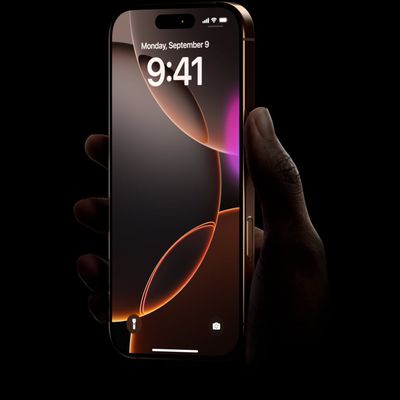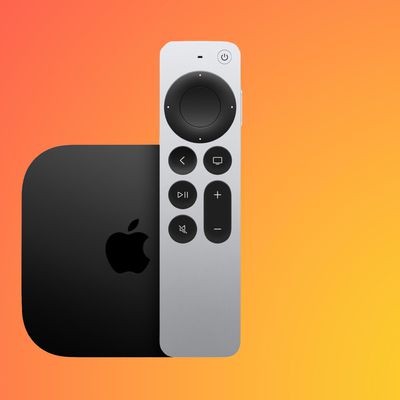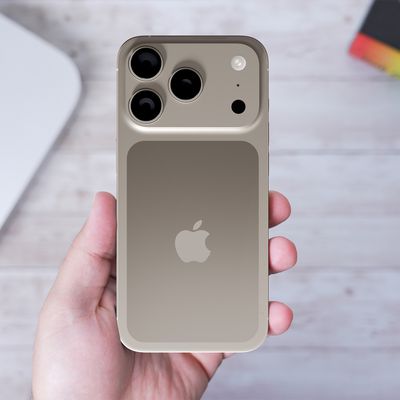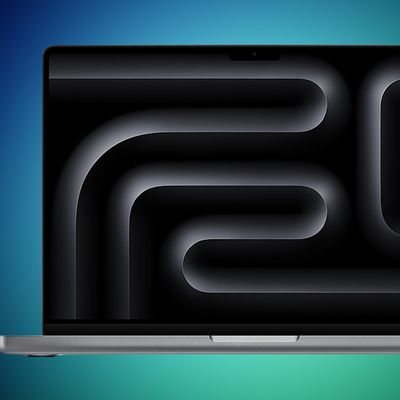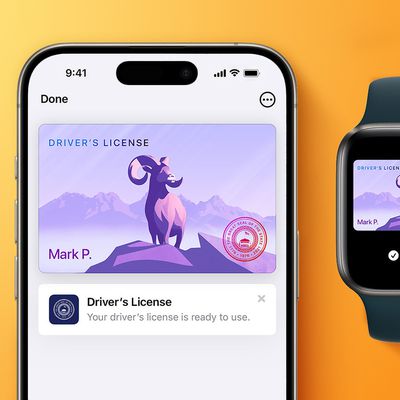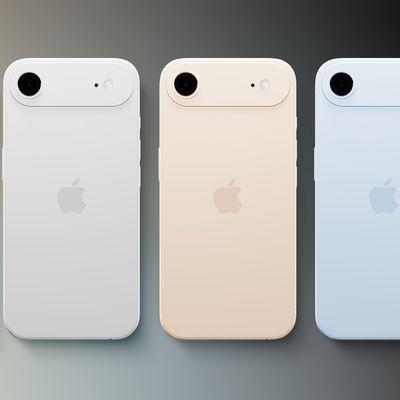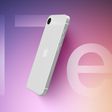KGI: All iPhone X Colors Will Have Black Bezels to Ensure 'Better Aesthetic Design'
KGI Securities analyst Ming-Chi Kuo has a new prediction about how Apple will design the front of the "iPhone X." Kuo believes that no matter the color of the device's casing, the front bezels will be black. This will ensure "better aesthetic design," hiding the front-facing camera sensors on the iPhone X's notch, which would otherwise stand out as little black dots on a white bezel.
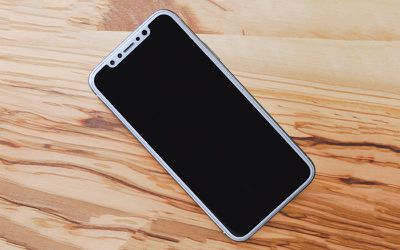
This means that instead of white bezels on a silver or gold iPhone X (as seen above), Kuo argues that black bezels on every version of the new smartphone will better blend into the 5.8-inch OLED display and sensor notch. The iPhone X is expected to come in a limited number of colors, including silver, "blush gold", and black.
The same report highlights the "biggest selling point" of the new OLED iPhone X -- 3D sensing -- including a break down of all the components that will be working together on the front-facing sensor bar. From left to right there's the structured light receiver, proximity sensor, ambient light sensor, front camera, and structured light transmitter. Kuo noted that the ambient light sensor is not directly required for 3D sensing, although it can help to improve 3D sensing performance in some capacity.
The report further breaks down these sensors, and offers an analysis of the source of each module. The structured light transmitter module was made by LG Innotek, includes a vertical-cavity surface-emitting laser designed by Lumentum, and has half a dozen other individual components: epitaxial wafers, diffractive optical element, wafer level optical, filter, and active alignment equipment.
The report closes with predictions for some of the most popular and "important" applications for 3D sensing: using facial recognition software to replace fingerprint recognition, and a "better selfie user experience." The official reveal of the iPhone X is just three days away, with Apple's event in Cupertino set to kick off at 10:00 a.m. local time on September 12.
Popular Stories
Apple will launch its new iPhone 17 series in two months, and the iPhone 17 Pro models are expected to get a new design for the rear casing and the camera area. But more significant changes to the lineup are not expected until next year, when the iPhone 18 models arrive.
If you're thinking of trading in your iPhone for this year's latest, consider the following features rumored to be coming...
A new Apple TV is expected to be released later this year, and a handful of new features and changes have been rumored for the device.
Below, we recap what to expect from the next Apple TV, according to rumors.
Rumors
Faster Wi-Fi Support
The next Apple TV will be equipped with Apple's own combined Wi-Fi and Bluetooth chip, according to Bloomberg's Mark Gurman. He said the chip supports ...
Apple's next-generation iPhone 17 Pro and iPhone 17 Pro Max are only two months away, and there are plenty of rumors about the devices.
Below, we recap key changes rumored for the iPhone 17 Pro models.
Latest Rumors
These rumors surfaced in June and July:A redesigned Dynamic Island: It has been rumored that all iPhone 17 models will have a redesigned Dynamic Island interface — it might ...
Apple does not plan to refresh any Macs with updated M5 chips in 2025, according to Bloomberg's Mark Gurman. Updated MacBook Air and MacBook Pro models are now planned for the first half of 2026.
Gurman previously said that Apple would debut the M5 MacBook Pro models in late 2025, but his newest report suggests that Apple is "considering" pushing them back to 2026. Apple is now said to be...
iPhone 17 Pro and iPhone 17 Pro Max models with displays made by BOE will be sold exclusively in China, according to a new report.
Last week, it emerged that Chinese display manufacturer BOE was aggressively ramping up its OLED production capacity for future iPhone models as part of a plan to recapture a major role in Apple's supply chain.
Now, tech news aggregator Jukan Choi reports...
The long wait for an Apple Watch Ultra 3 is nearly over, and a handful of new features and changes have been rumored for the device.
Below, we recap what to expect from the Apple Watch Ultra 3:Satellite connectivity for sending and receiving text messages when Wi-Fi and cellular coverage is unavailable
5G support, up from LTE on the Apple Watch Ultra 2
Likely a wide-angle OLED display that ...
In select U.S. states, residents can add their driver's license or state ID to the Wallet app on the iPhone and Apple Watch, providing a convenient and contactless way to display proof of identity or age at select airports and businesses, and in select apps.
Unfortunately, this feature continues to roll out very slowly since it was announced in 2021, with only nine U.S. states, Puerto Rico,...
The iPhone 17 and iPhone 17 Air will be available in a total of nine color options, according to new information coming out of Asia.
The iPhone 17 Air's expected color options.
According to the leaker going by the account name "yeux1122" on the Korean blog Naver, accessory manufacturers are now producing camera protector rings for the iPhone 17 and iPhone 17 Air in colors to match their...



